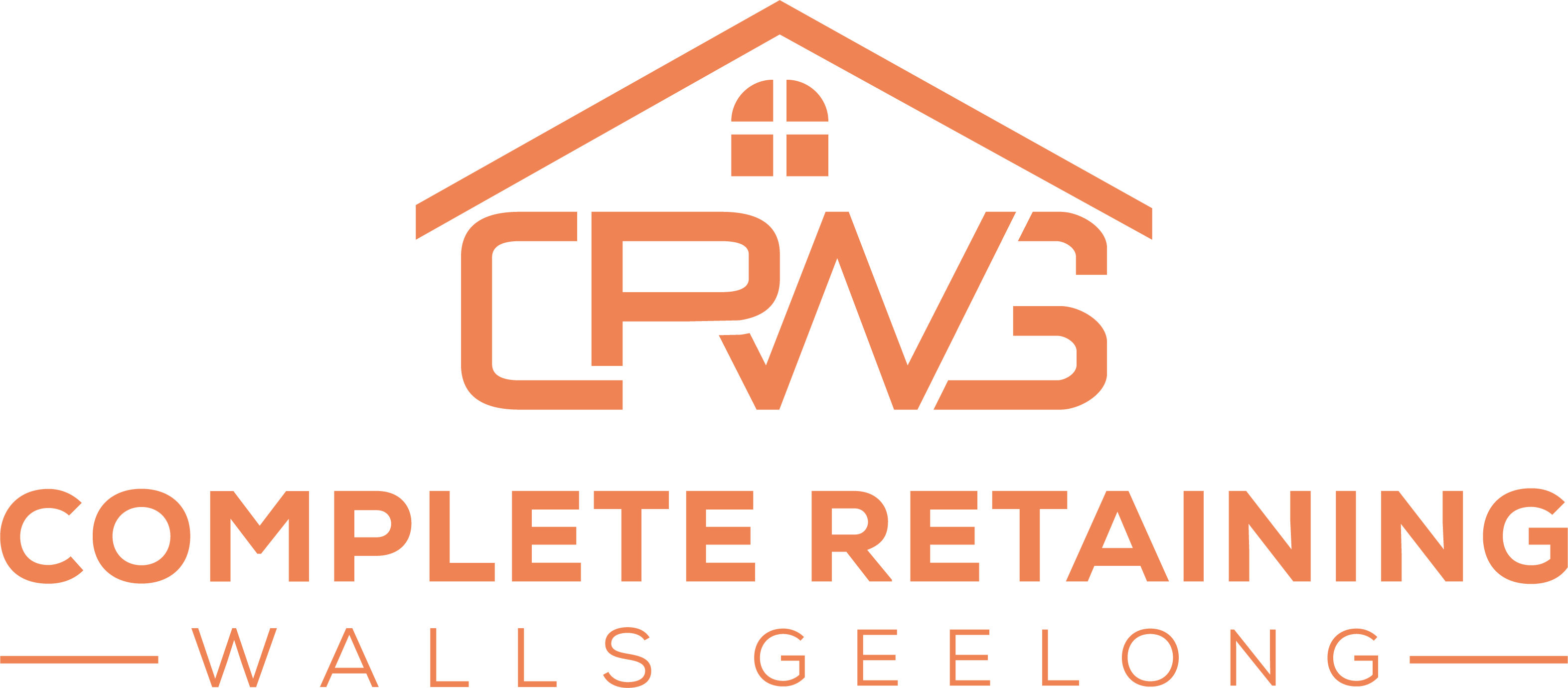The top warning signs of a failing retaining wall include cracks showing, sections separating, and seeing its overall structure starting to lean forward. You want to quickly resolve these issues as soon as possible to ensure your concrete sleepers stay intact.
It’s important to get help from an experienced retaining wall contractor as they are the ones licensed to address these problems. These experts know when it’s time to repair or replace your retaining wall.
For this blog, we’ll talk about the primary warning signs of failing retaining walls and tips to consider in case you start noticing them.
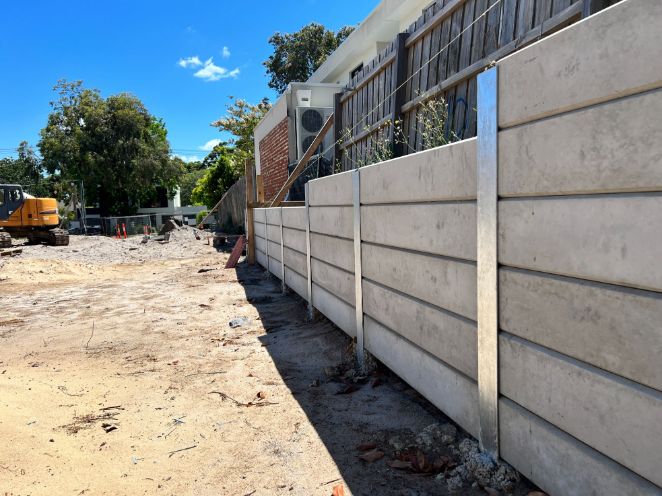
Main Warning Signs Your Retaining Wall is Starting to Fail
These are the three primary warning signs of a failing retaining wall:
Cracks Are Beginning to Show Up
A common sign of a failing retaining wall is when cracks begin showing up on its sides or across the face. Often caused due to a problem with the footing, these crevices are a clear indicator that the overall integrity of the structure is no longer stable.
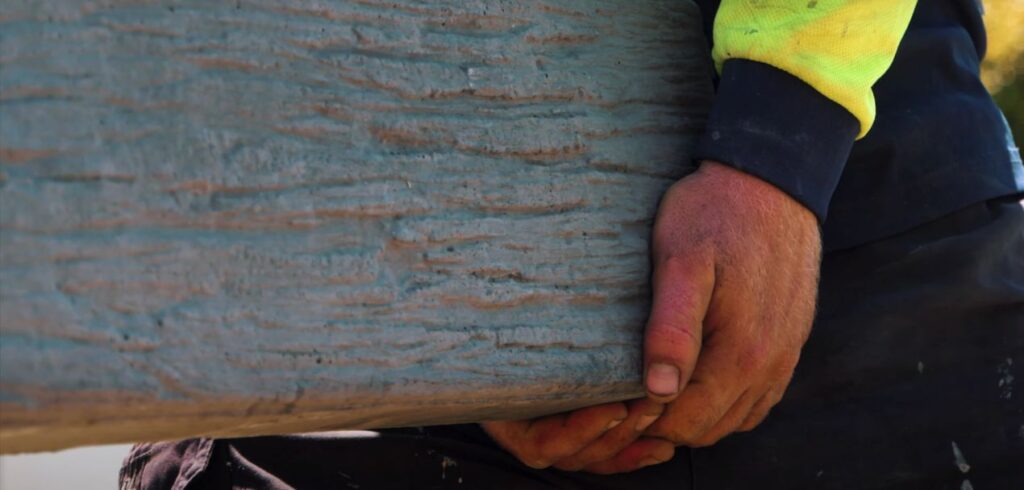
Sections Start to Separate from the Structure
Sections that are starting to separate from the whole retaining wall mean that it has already been compromised. It’s possible to fix this issue by repairing the faulty areas, but normally, replacement would be the ideal choice.
Your Retaining Wall is Leaning Forward
Retaining walls that are tilting forward is a sign that it has started to fail. If left alone, the structure may become even more uneven eventually.
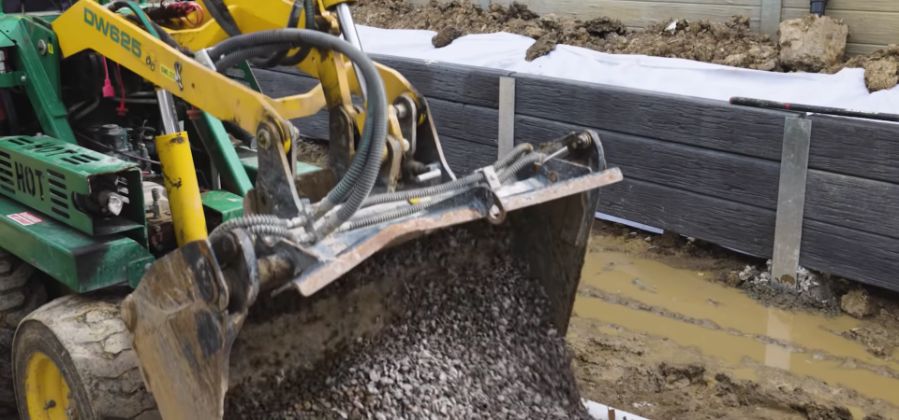
How to Fix a Faulty Retaining Wall
Expert retaining wall builders fix faulty retaining walls by:
Reducing the Wall’s Height
Making a retaining wall shorter could be beneficial in reducing soil pressure that’s causing problems with the structure. You can also create a depressed drainage culvert or alter the existing landscape of your yard to bring your wall back to a level that allows it to withstand ground pressure.
Make a Bigger Footing
Another common way to lower soil pressure is by making a bigger footing for your retaining wall. Builders will look into how much space is necessary for the extension before they begin working on the structure.
Once everything is ready, they then start making holes in the existing footing and use epoxy and steel dowels to help secure the new footing to the existing footing.
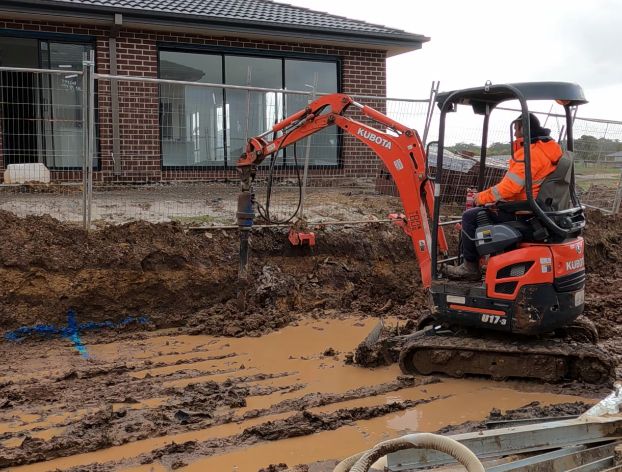
Replace the Retaining Wall’s Backfill
Taking out and replacing the old backfill from a retaining wall can help resolve issues related to saturated soil at the base of the structure. You can apply crushed rock while making sure the drainage remains functional to stop retaining walls failing.
As you replace the backfill, you should check to make sure that the agg pipe has no blockages that could hinder it from performing its duty. In case of problems, you should quickly replace the faulty sections of the pipe.
Fix Drainage Problems
You can also fix problems with your retaining wall by correcting drainage issues. One way to do this is by re-grading the area behind it.
Creating weep holes or installing a concrete culvert can also help draw away excess water from the base of the retaining wall.
